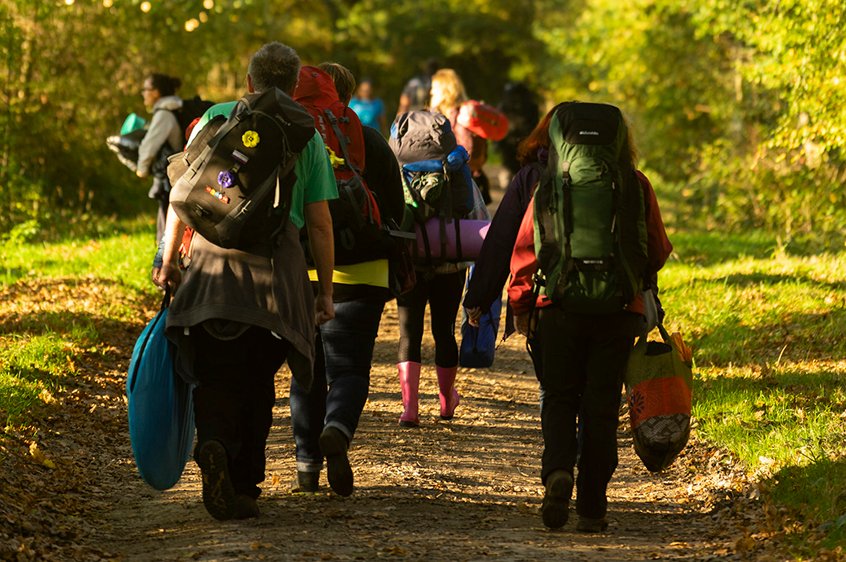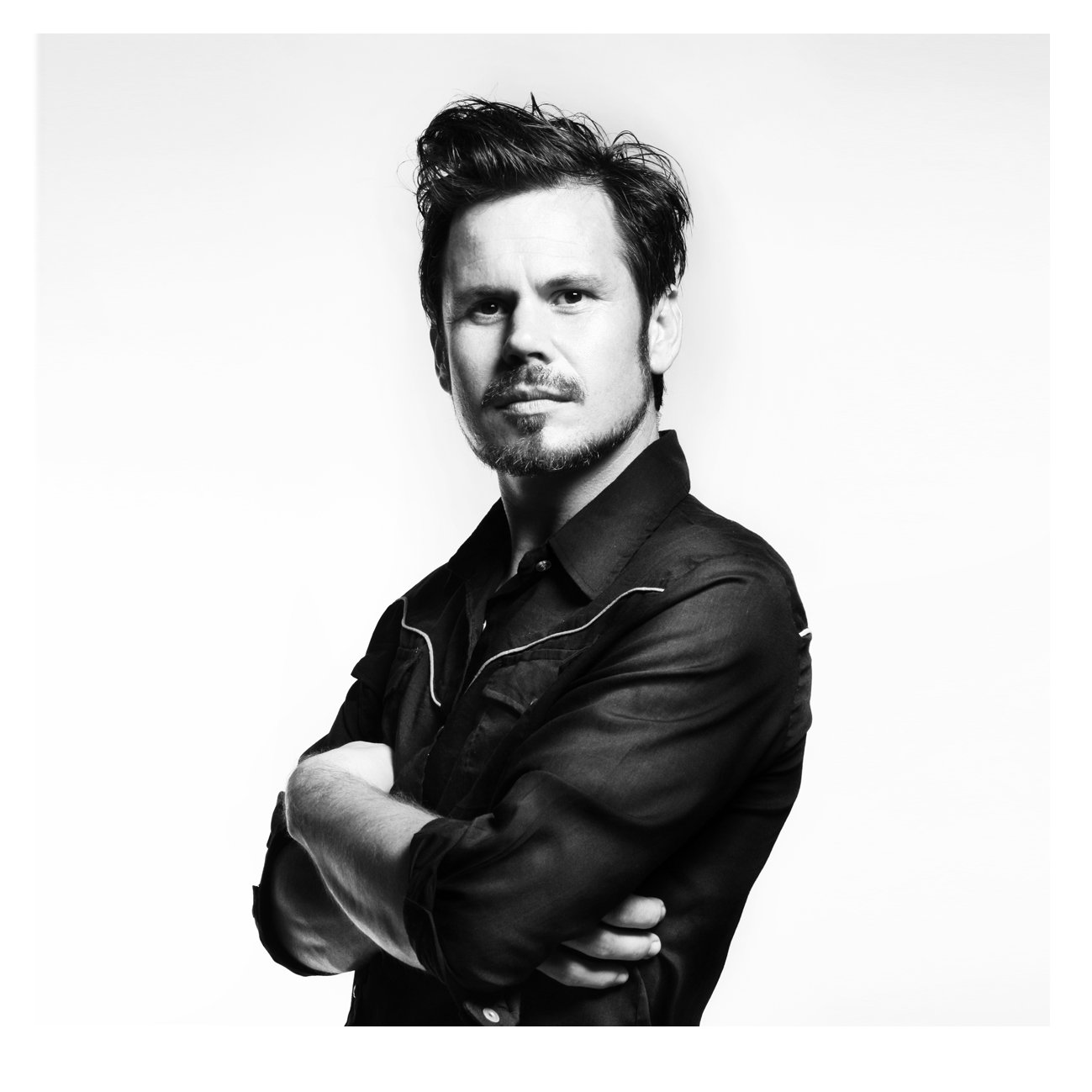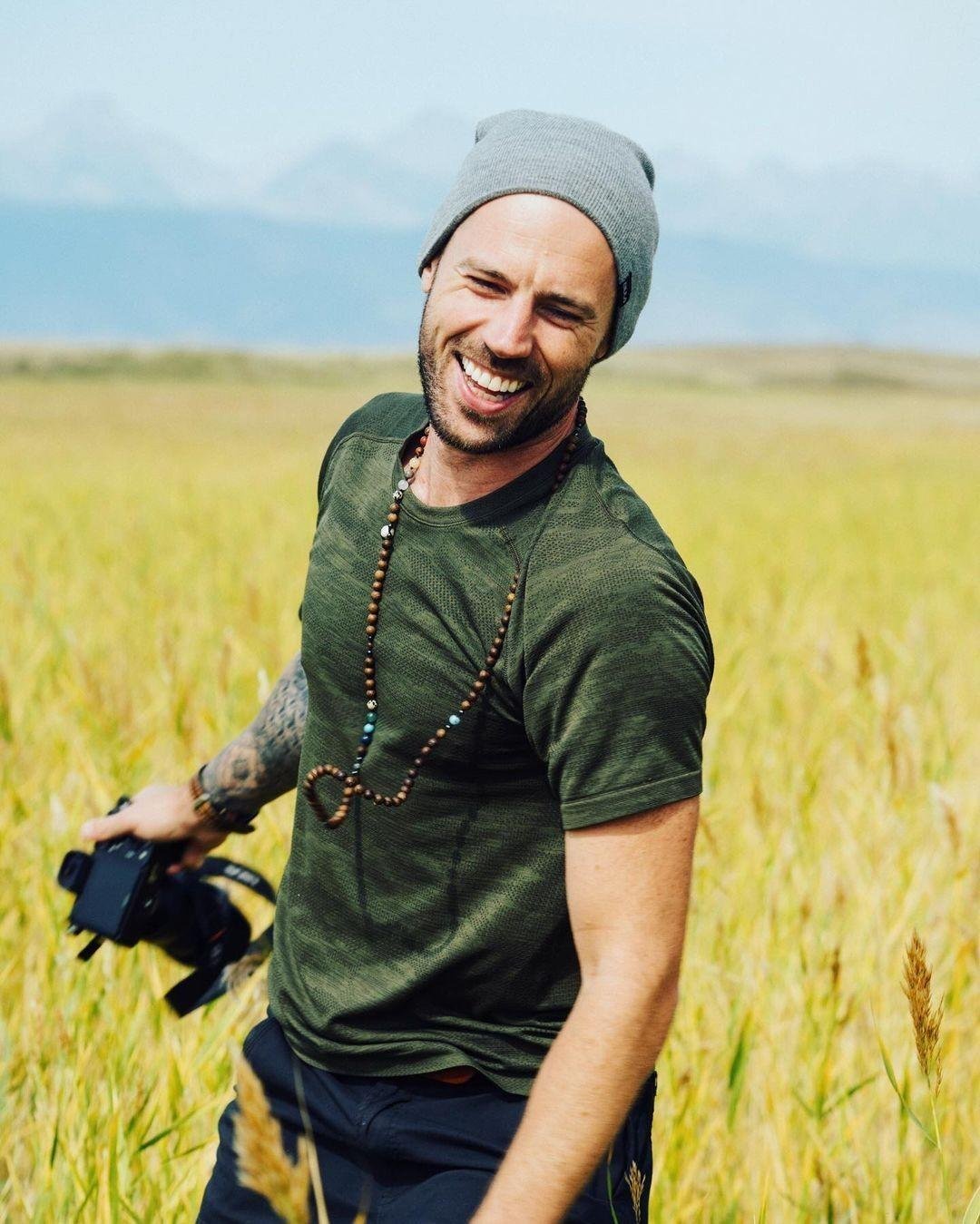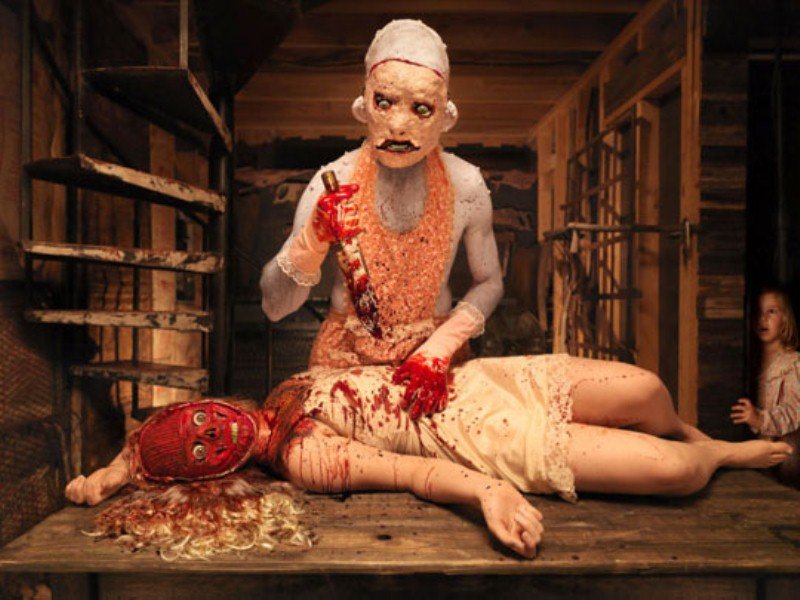From kayaking to biking, adventure travelers have explored many different ways to get around. But Dave Cornthwaite isn’t satisfied with just one form of transport: he’s set out to conquer 25. After quitting his job and hopping on his skateboard, he began the first stretch of Expedition 1000. He aims to complete 25 excursions of 1000 miles or more, each with a different form of non-motorized transportation.
As a world-record breaker and author of three books, this multi-talented traveler has also inspired people around the world as a public speaker. Emaho caught up with the man who takes his slogan “Say Yes More” to a whole new level.
Emaho: From travelling in Zanzibar to kayaking in Australia, you have done a lot of interesting things. What are the most unique aspects about Expedition 1000 in comparison to what you’ve already done?
DC: I’m driven by experiencing newness, whether this comes in the form of geographical exploration, human kindness or emotional and physical development through challenge. Expedition1000 (25 non-motorised journeys each over 1000 miles in distance) keep me focused in between big adventures, and I suppose the main factor that stands these projects apart from my other work is the sheer scale of the trips. To travel 1000 miles in any form (except maybe by aeroplane) isn’t easy, so when you try this distance paddle boarding, or kayaking, skateboarding or swimming, you’re tested to the limits. What I truly enjoy is keeping my focus through photography, filmmaking and storytelling despite all the other pressures of distance, fatigue, time, etc.
Emaho: In your book Boardfree, you talk about leaving your job to skate the length of Great Britain and breaking a world record. Why did you choose skateboarding in particular? Did you expect that this would lead to other expeditions as well?
DC: When I started I had no idea where I’d end up, I just knew I had to do something new and drastic to leave behind a life that I was totally unsuited to. When you wake up and realize that your cat is about to have a much better day than you are, it’s time to make a change! I tried skateboarding as a way to improve my snowboarding skills in a town with no snow. Two weeks later I quit my job and decided to skate further than anyone else ever had. Sanest decision I’ve ever made, seriously!

Emaho: You’ve had such diverse professions, such as graphic designing, skateboarding, and writing. How did you acquire such diverse skills?
DC: They were all self taught. I think anyone can write if they have a good story to tell, so the key was creating those good stories. I’m still not sure I’d call graphic design a skill I truly owned, I was mediocre at best! But not being satisfied with outputting useless designs each day was a big part in my decision to take a different path; I wanted to be a better, more useful human.
Emaho: On your website you said you used to be a “really bad graphic designer.” How did you choose to work in graphic design, and what was it about your job that made you want to leave?
DC: At University I was offered the job as Editor of the university newspaper. When I accepted the role the paper was being designed off-site by another media company, but this meant I had to spend several hours a week travelling to another office and sitting by someone else as they were trying to translate my thoughts into a design. I taught myself the basic skills and then developed them over the course of that role, in order to bring the design of the newspaper in-house. It worked, but I was always on the edge of being an acceptable designer!
At the age of 25 I realised that I was living a life that I thought I was supposed to live, rather than doing exactly what I wanted to be doing. I was depressed and desperately wanted to be making a difference, waking up looking forward to the day ahead. I needed purpose.

Emaho: You are also running the “Say Yes More” project, in which you sell t-shirts and such to raise money for other people to pursue their goals. Is it difficult to run such a campaign while also pursuing your expeditions?
DC: Everything is difficult and easy. The key is just to do things that you want to do. For me that means they need to have a valuable outcome, involve happiness and creativity, and ultimately make the world a better place, even if that means one person at a time. I work so much more than I ever did when I had a job but that’s because I don’t ever want to clock out. I adore my life now; work isn’t really ‘work,’ it’s life!
Emaho: At what point did you decide to begin the “Say Yes More” project? What part of your journey inspired you to start it?
DC: I was preparing to swim 1000 miles down the Missouri River and had put together a team of first-time adventurers to paddle alongside me as a support team. I was in the process of designing a team shirt and rather than having the generic ‘Missouri River Expedition 2012’ I felt that a message would be appropriate, something to make people smile and think and maybe even act! I thought for a moment about what had changed for me, and saying ‘yes’ more was the answer.

Emaho: In your blog, you mentioned that both wheels on your kayak trolley gave out recently. What is one of the most drastic mechanical problems that you’ve had on your expeditions so far?
DC: You know, I’m currently taking a Hobie pedal-powered kayak from Oslo to Helsinki, and crossing Sweden I followed the Göta Canal between Gothenburg and Stockholm. There are 60 locks which I had to portage (lift my kayak) around and one metre from the water after the very last lock the wheels fell off. It was brilliant!
The most mechanical trouble I’ve had is when motorized transport gets involved, usually as a support vehicle—they’re always breaking down! On the whole I keep it simple; I even managed to ride various types of bikes over 8000 miles without getting a puncture!
Emaho: How did you prepare for using so many different types of transportation for such long distances? Were you already skilled in all of them, or did you have to learn?
DC: I don’t train for any of the journeys I do. Making something happen is just a decision. Yes, I’m going to do this, let’s go. I’d not swum more than 100m in my life before I started the 1000 miles swim. The first few days I take it slow, let my body and mind understand how I’m travelling, and then the strength comes…

Emaho: I see that you’re also using this expedition to raise money for Coppafeel!, an organization that informs women about the symptoms of breast cancer so they can receive treatment quickly. What inspired you to choose this charity?
DC: My friend Kris was diagnosed with breast cancer when she was 23. She’d been misdiagnosed twice in the previous year and by the time they found the cancer she was at stage four. There’s no stage five. She set up CoppaFeel! To ensure nobody else had to go through that situation, enabling women to diagnose a lump or abnormality fast in order to get treatment early. They’re a brilliant, creative charity making a big difference, so my hope is to raise £1 million GBP by the end of my 25 journeys.
Emaho: There are some unconventional forms of transportation included in your expedition, such as the ElliptiGO and Whikes. Why did you choose these?
DC: I love the process of travelling slow and each different mode of transport requires different skills, mindsets and physical strengths to master. If you can move on it there’s potential for it to become a viable mode of transport so something like the ElliptiGO or a Whike, or a Bikecar or a skateboard, suddenly a big journey on one reveals a new side to the thing. It brings up questions that haven’t been answered before and, most importantly for me, creates a really cool icebreaker to make meeting new people easy. And that, I’ve come to realize, makes every adventure all the sweeter.
Art & Culture Interviewed by Connie Lee














